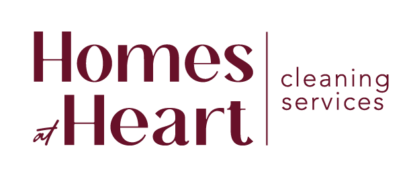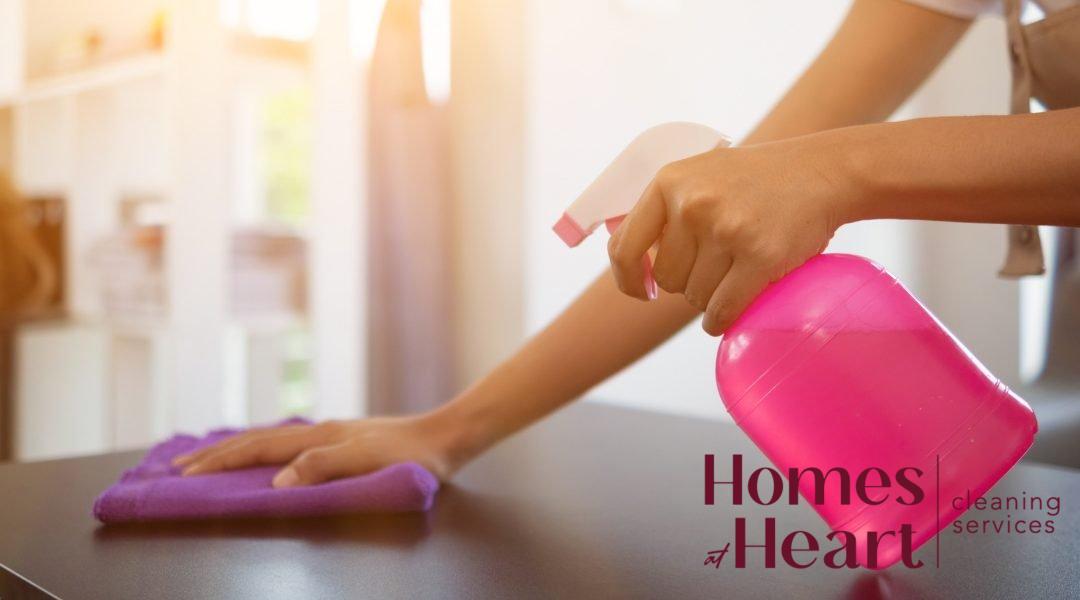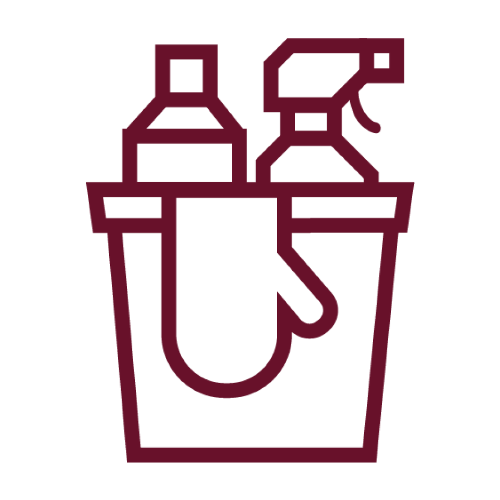Living with allergies can be a daily struggle, especially when it comes to maintaining a clean and allergen-free environment. From dust mites to pet dander, these triggers can cause havoc for allergy sufferers. However, with the right cleaning strategies in place, you can significantly reduce the presence of allergens in your home. Homes at Heart is here to share some cleaning tips and tricks to help remove allergens from your living space and create a healthier environment for you and your loved ones. So, if you’re tired of sneezing and itching, keep reading to discover the secret cleaning tips for allergy sufferers.
Identifying Allergens in Your Home
The first step to creating a more safe and healthy environment is identifying dust and allergen issues in your home is crucial, especially for individuals with allergies or asthma.
Common indoor allergens
Common indoor allergic reactions include those to dust mites, pet dander, mould, and critter droppings. Dust mites are tiny insects that thrive in warm and humid environments, such as bedding and upholstered furniture. Pet dander is the dead skin cells that animals shed, which can trigger allergic reactions in sensitive individuals. Mould spores, found in damp areas like bathrooms and basements, can cause respiratory problems. Critter droppings contain proteins that become airborne and can be inhaled, leading to allergic symptoms.
Methods to identify specific allergens in your home
One way to identify what you are allergic to is to take an allergy test. Allergy tests can help determine the specific allergens that affect you and guide you in implementing the necessary measures to reduce exposure. Knowledge gives the power to understand what allergens could be present in your environment.
Another effective way is to inspect your home for potential sources of allergens. For example, dust mites can thrive in bedding, carpets, and upholstered furniture. By identifying and addressing sources of allergens, you can create a healthier living space and reduce allergy-related symptoms.
Effective Cleaning Tips for Allergy Sufferers
If you suffer from allergies, keeping your home clean and free from allergens is crucial in order to manage your symptoms. These 6 cleaning tips from Homes at Heart are here to save you from your allergy symptoms.
Regularly Clean Your Floors
Start with your floors. Vacuuming regularly using a vacuum cleaner with a HEPA filter can help remove dust, pollen, and other allergens from your carpets and rugs. Pay extra attention to areas with high traffic and make sure to empty your vacuum bag or canister outside to avoid reintroducing the allergens indoors.
Keep Your Bedding Clean
Focus on keeping your bedding clean. Wash your sheets, pillowcases, and blankets in hot water at least once a week to eliminate dust mites and other allergens. Consider investing in allergen-proof covers for your pillows and mattress to prevent allergens from getting into your bedding.
Regularly Dust
Keep the rest of your home dust-free. Use a damp cloth or microfiber cloth to dust surfaces, as this will help trap the allergens instead of spreading them into the air. Be sure to dust all surfaces, including furniture, shelves, and window sills. Don’t forget to clean your curtains and blinds, as they can collect a significant amount of dust.
Change Your Air Filters
Another important cleaning tip is to regularly clean your air filters. A dirty air filter can circulate allergens throughout your home. Clean or replace your air filters according to the manufacturer’s instructions to ensure clean and allergen-free air.
Clean Your Bathrooms
Pay attention to the bathroom. Mould and mildew can trigger allergies, so make sure to keep your bathroom clean and dry. Use a mould and mildew remover to clean any existing mould, and regularly disinfect surfaces and fixtures. Additionally, make sure your bathroom is well-ventilated to prevent mould growth. By following these effective cleaning tips, you can create a clean and allergen-free environment in your home, helping to alleviate your allergy symptoms and improve your overall well-being.
Choose Hypoallergenic or Alternative Cleaners
Using non-toxic cleaning products can prevent triggering allergic reactions. Chemicals found in traditional cleaning products can cause skin irritations, respiratory problems, and allergic responses. By opting for non-toxic alternatives, such as vinegar, baking soda, and essential oils, we can maintain a clean environment without risking our health or the health of those with allergies.
Unfortunately, some cleaning products can actually be irritants and cause the same symptoms as an allergen.4 Choose cleaning products that contain the fewest chemicals possible. It is particularly important to limit your exposure to products that include:
- Ammonia
- D-limonene
- Formaldehyde
- Sodium hypochlorite
- Sodium lauryl sulfate
These chemicals have been identified as potentially irritating. Learn to read labels before you use a cleaning or laundry product. The Spruce
Follow these 6 simple tips and breath a sigh of relief as your symptoms disappear. Does this feel like something you might not have time to do or want to look into professionals who can guarantee a healthier environment? Well, see how Homes at Heart can help take care of all your cleaning needs.
Ready To Get Started?
Additional Tips for Allergy Sufferers
Identifying and cleaning are not the only steps when it comes to indoor allergies. The best way to protect yourself is to prevent and maintain the hypoallergenic haven you have created with these additional tips.
Maintain Proper Humidity Levels to Prevent Mould Growth
Maintaining proper humidity levels prevents mould growth and reduces indoor allergies. High humidity creates a favourable environment for mould to thrive, leading to increased allergic reactions. By controlling moisture levels through adequate ventilation and dehumidifiers, we can effectively minimize mould growth and alleviate indoor allergies.
Use Doormats to Reduce the Number of Outdoor Allergens
Using doormats can be an effective way to reduce the amount of outdoor allergens that enter your home. Placing a doormat at the entrance helps to trap and collect dirt, pollen, and other allergens from shoes and paws, preventing them from being tracked inside. Regularly cleaning or shaking out the doormat can further minimize the presence of allergens in your home.
Use Hypoallergenic Bedding and Pillows
Using hypoallergenic bedding and pillows can help reduce allergens in your bedroom. These special types of bedding and pillows are made from materials that are less likely to cause allergic reactions. By using hypoallergenic products, you can create a healthier sleeping environment for those who suffer from allergies or asthma. They are designed to minimize the presence of dust mites, pet dander, and other common allergens, allowing you to breathe easier and sleep better.
Avoid Air Fresheners and Scented Products
It is advisable to steer clear of air fresheners and scented products if you have allergies. These products contain chemicals that can irritate the respiratory system and trigger allergic reactions such as sneezing, coughing, and watery eyes. Opting for fragrance-free alternatives can help reduce the risk of triggering allergies.
Keep Windows Closed
Keeping windows closed can help reduce allergies by preventing pollen and other allergens from entering the house. Closed windows also help maintain a clean and dust-free environment, which can alleviate symptoms for allergy sufferers. By using air purifiers and keeping windows closed, individuals can create a more allergy-friendly indoor space and minimize the risk of allergic reactions.
We hope these tips can leave your home feeling fresh and allergy free. Homes at Heart is here for any of your cleaning questions or needs. Homes at Heart specializes in residential cleaning services. Our goal is to provide the ultimate in flexible, customizable service. We’ll bring out the best in your home and you can take the credit. Contact us to book your cleaning today!


